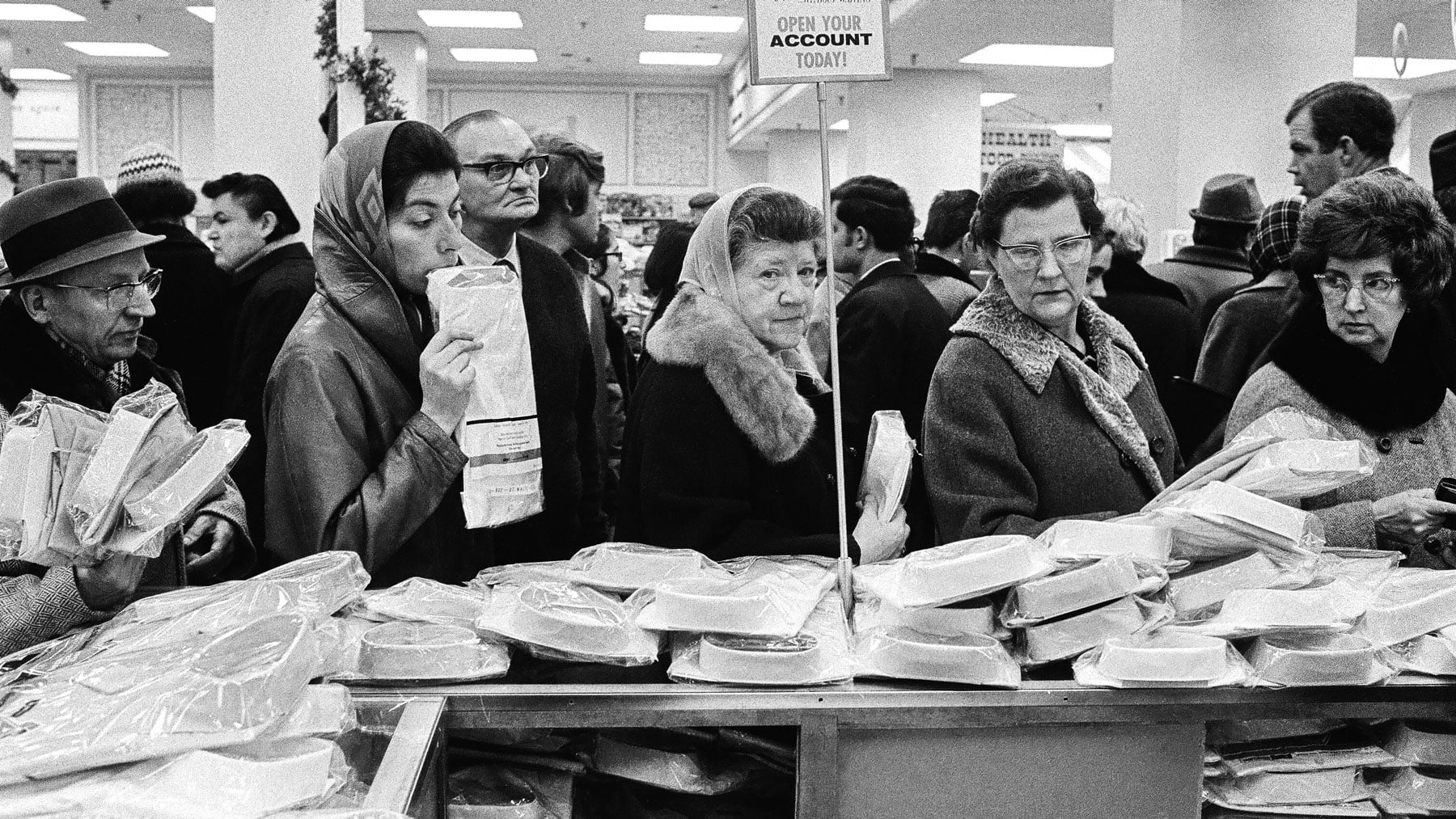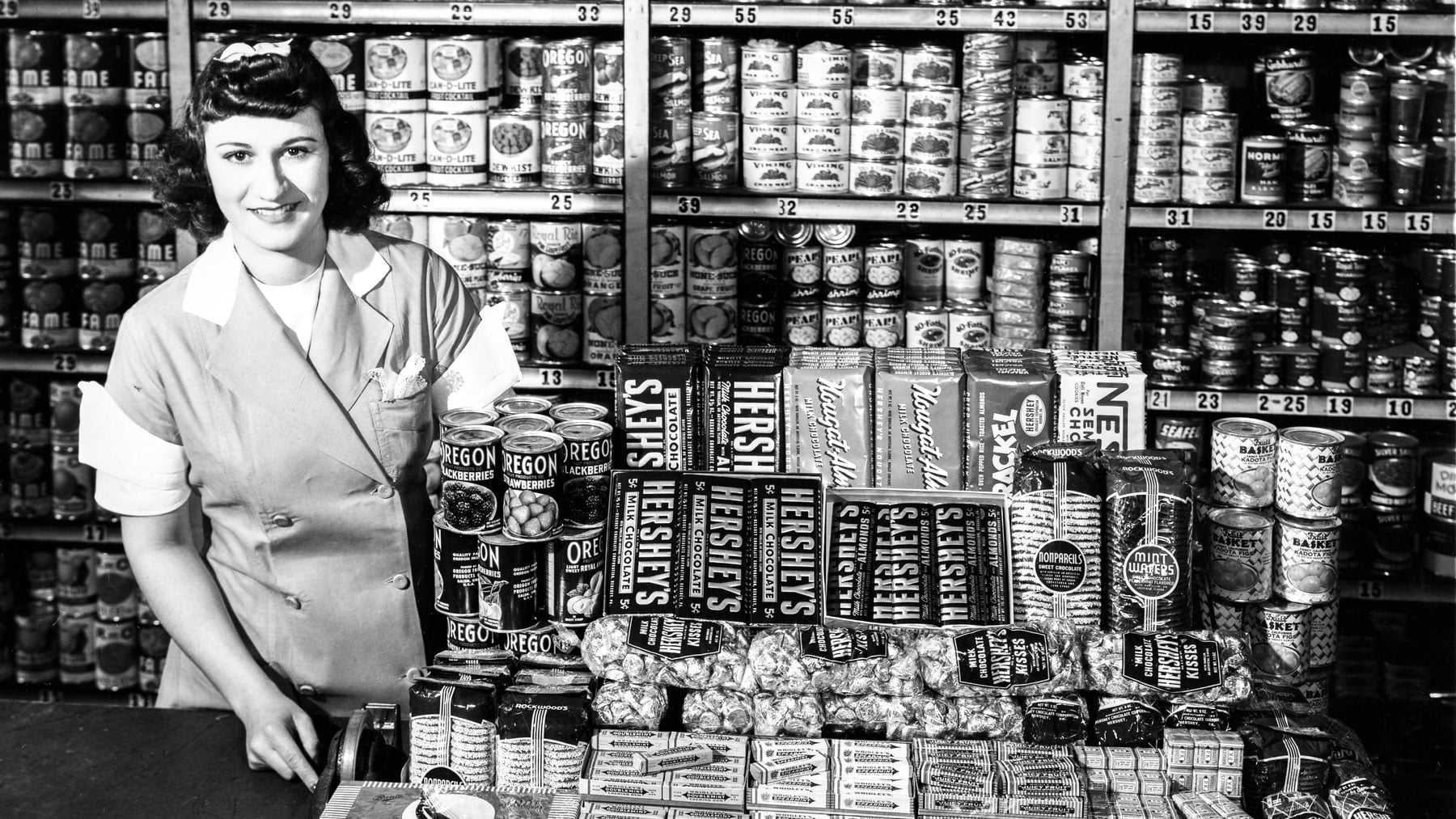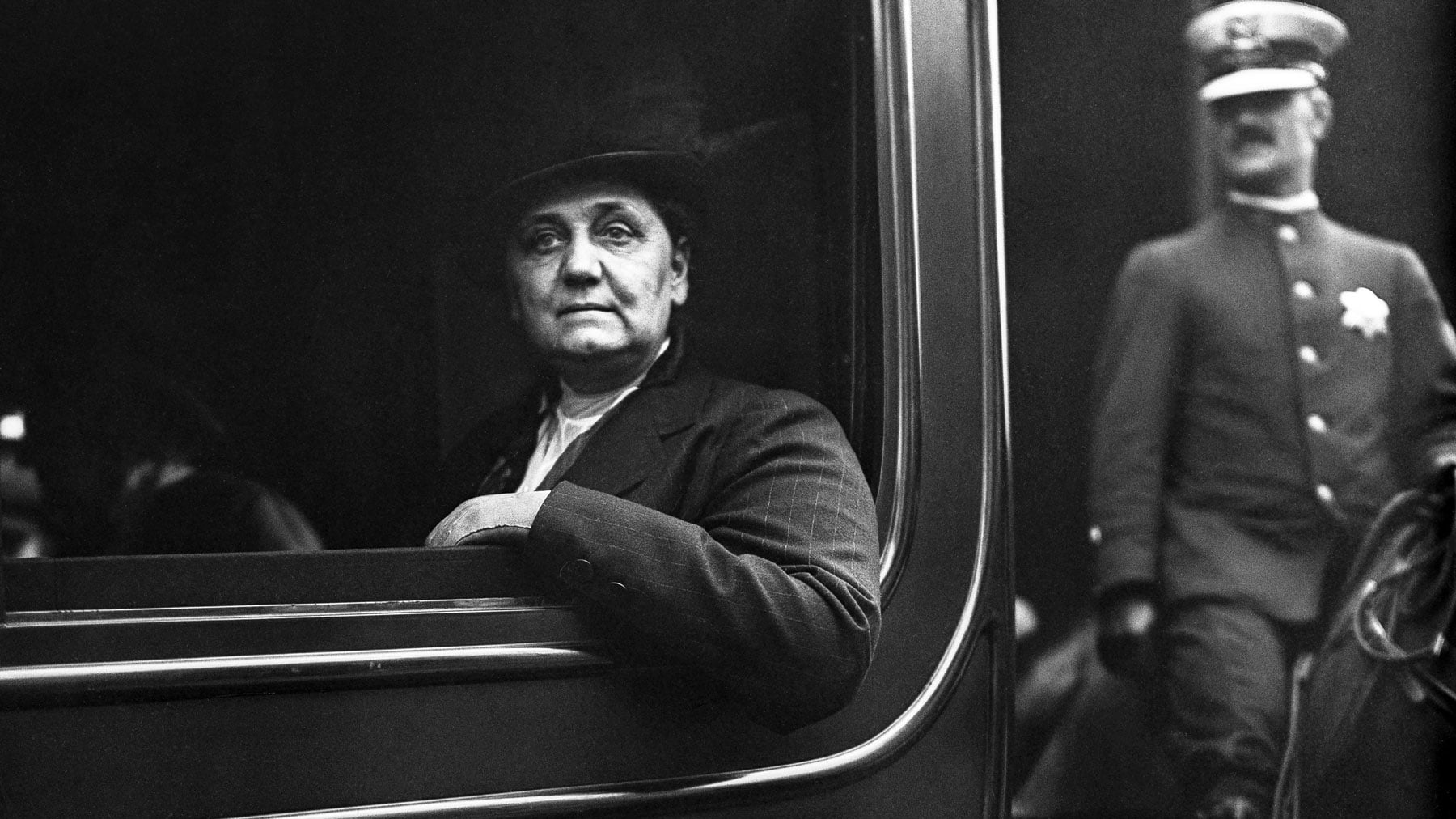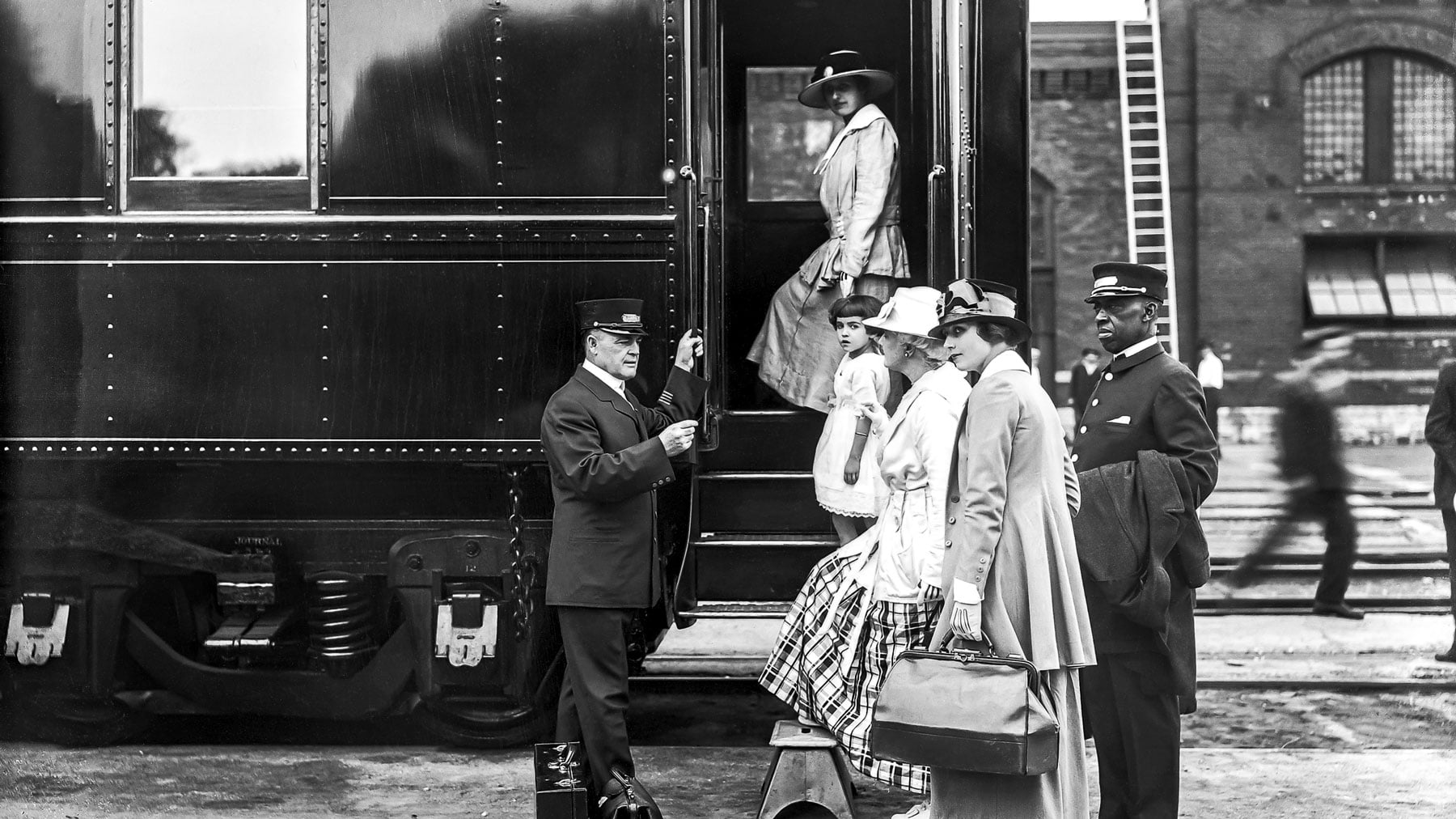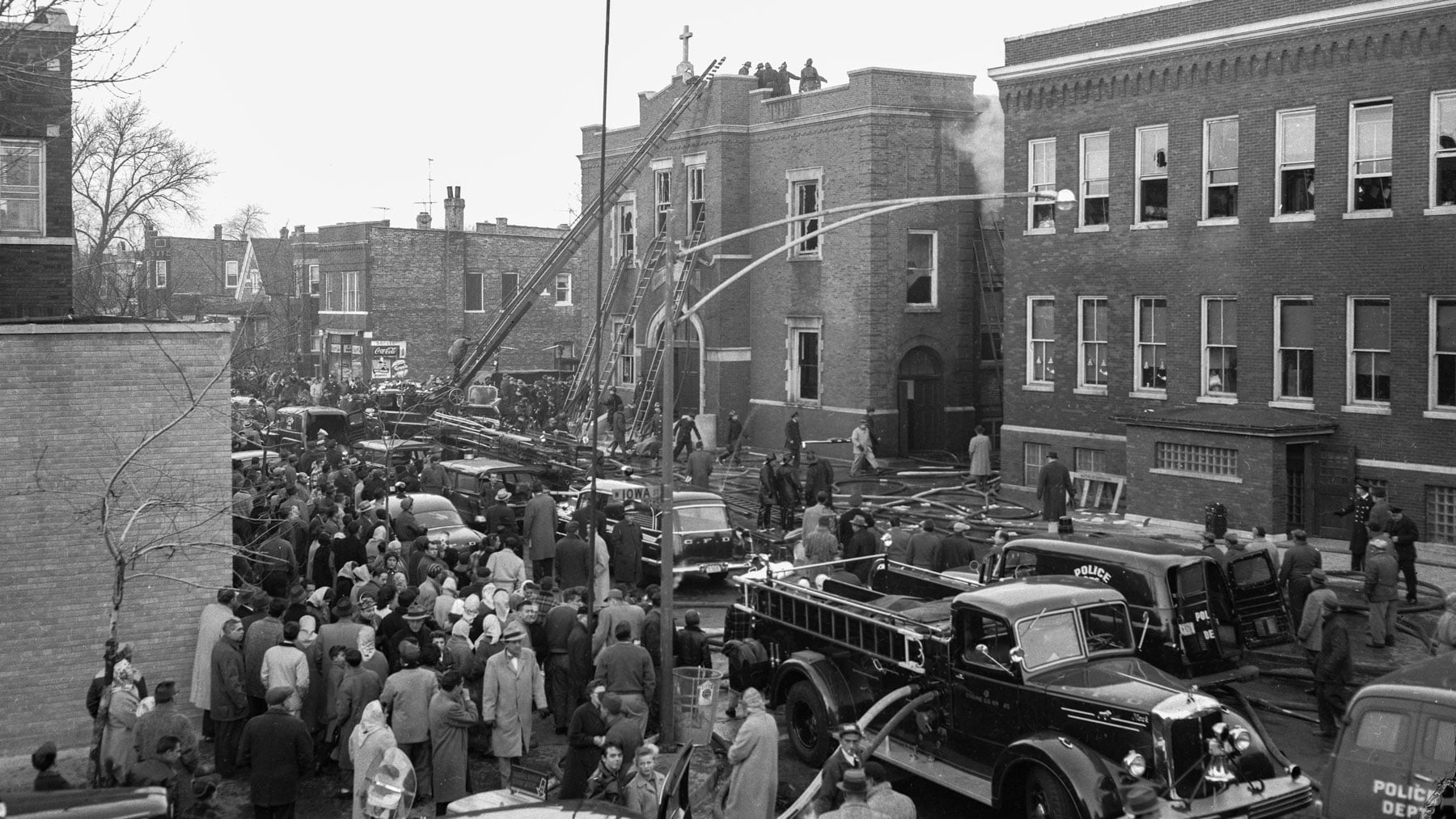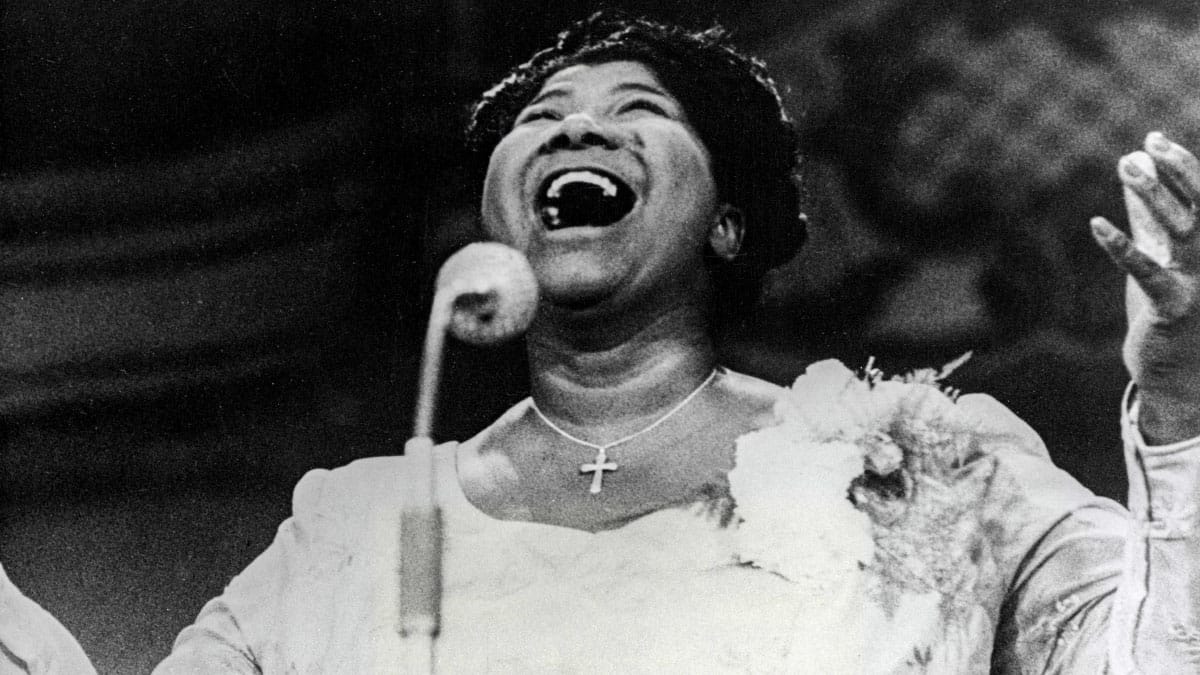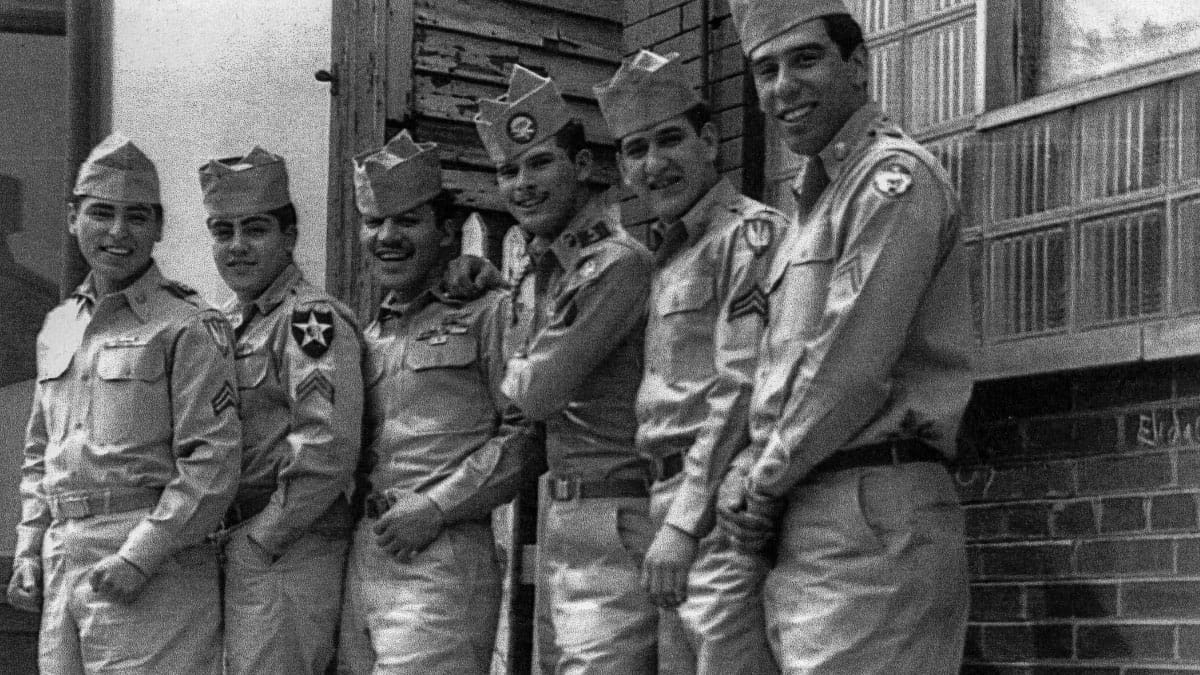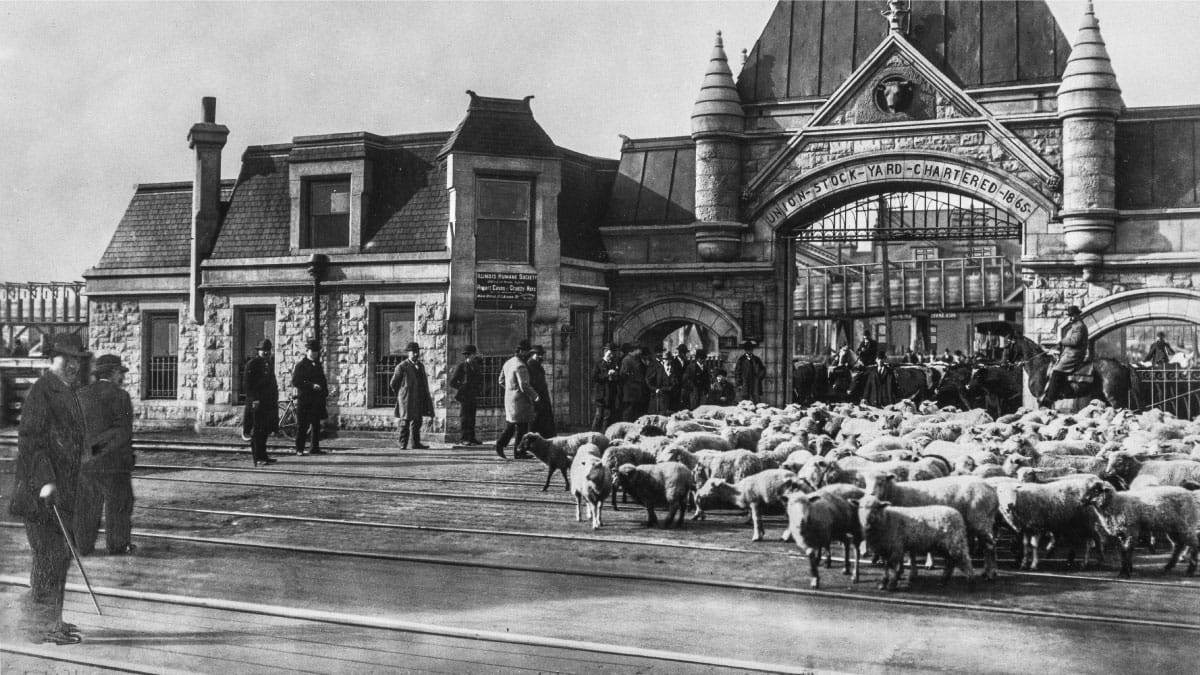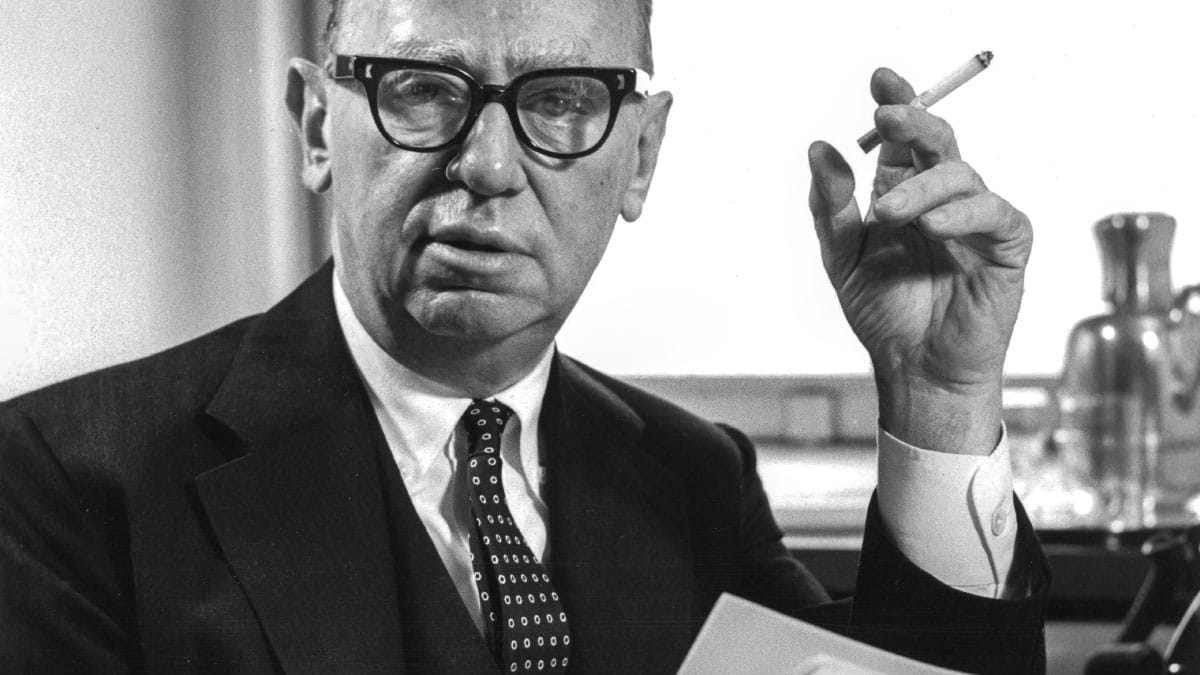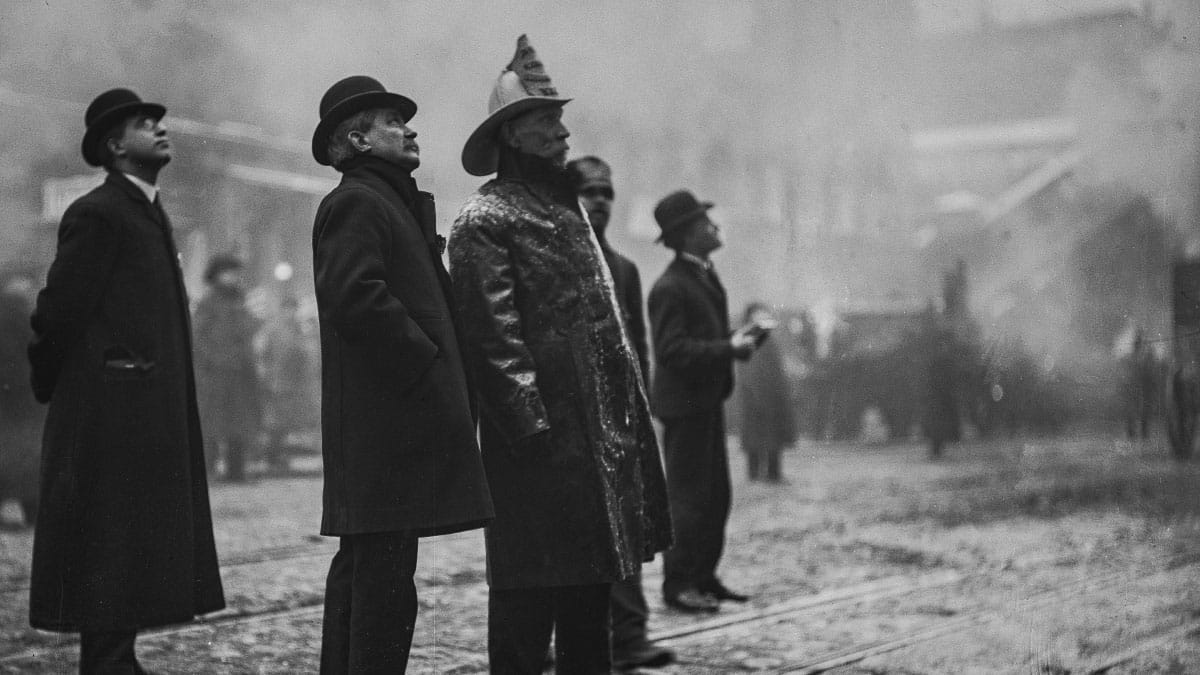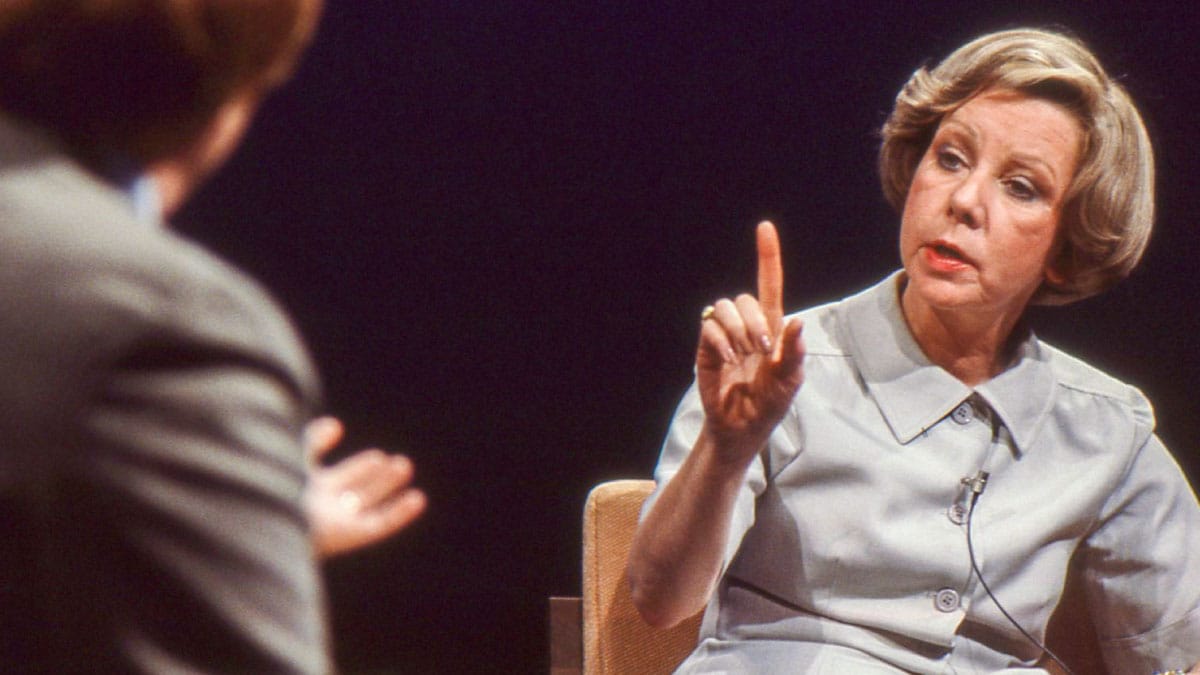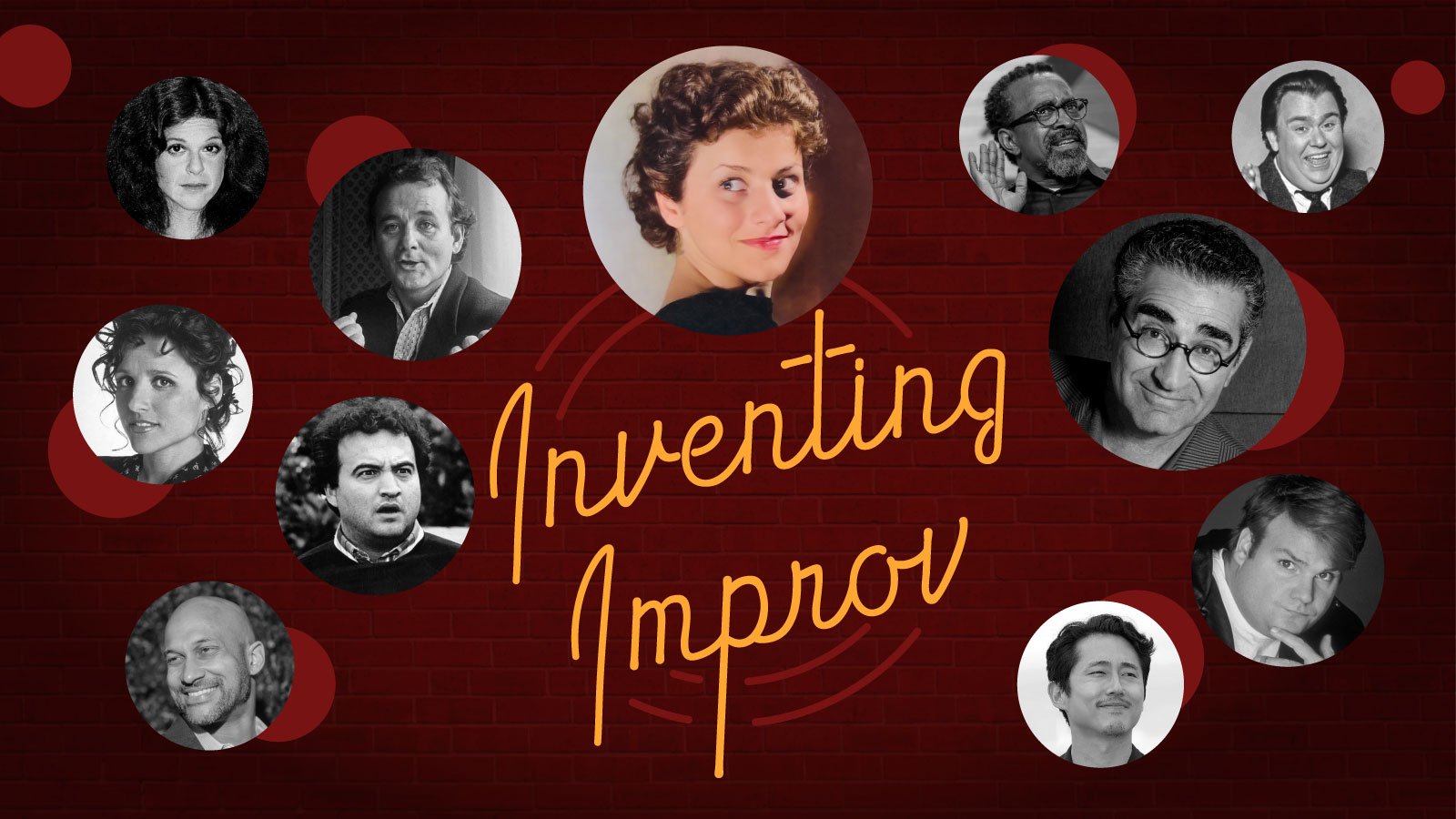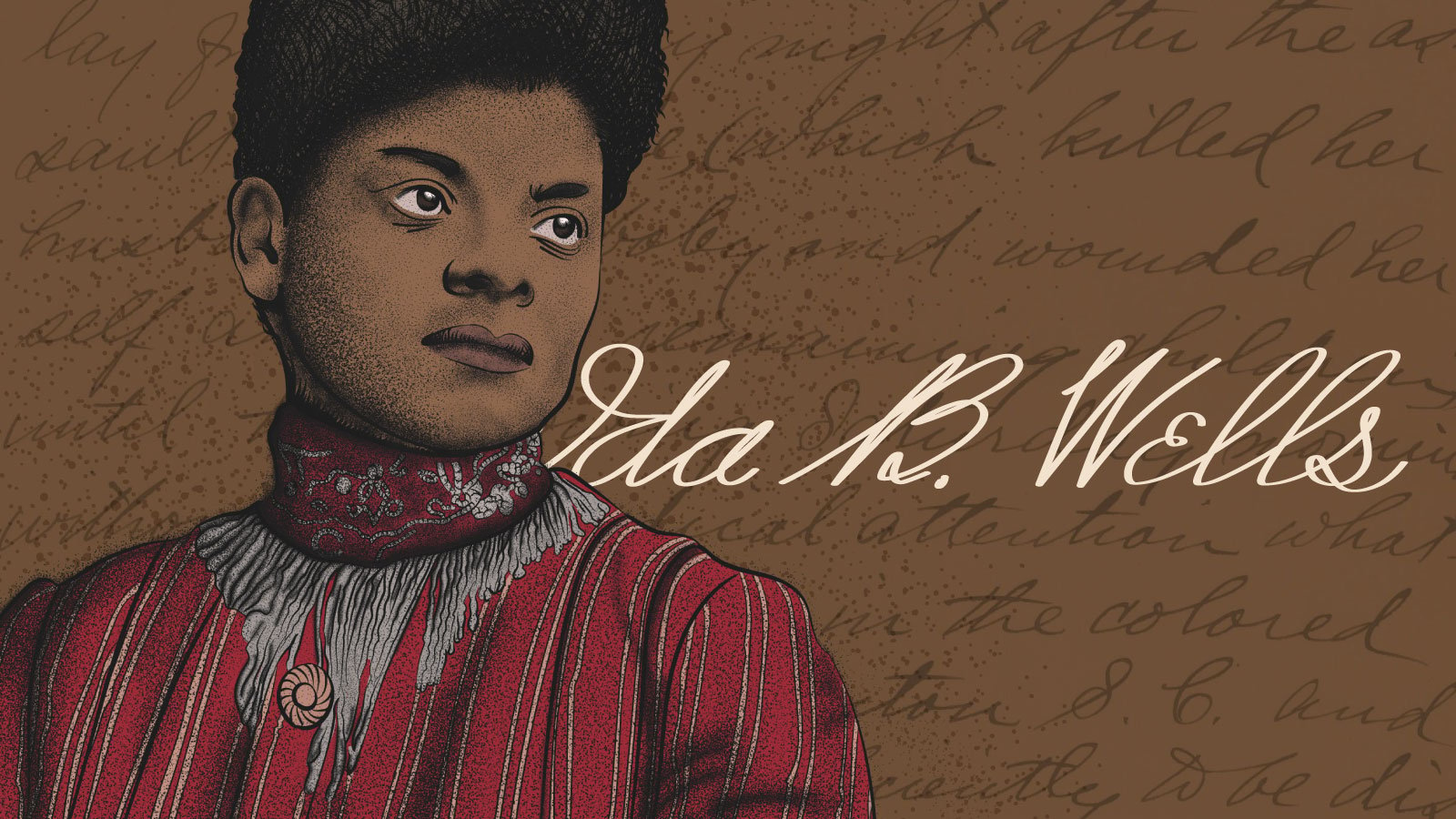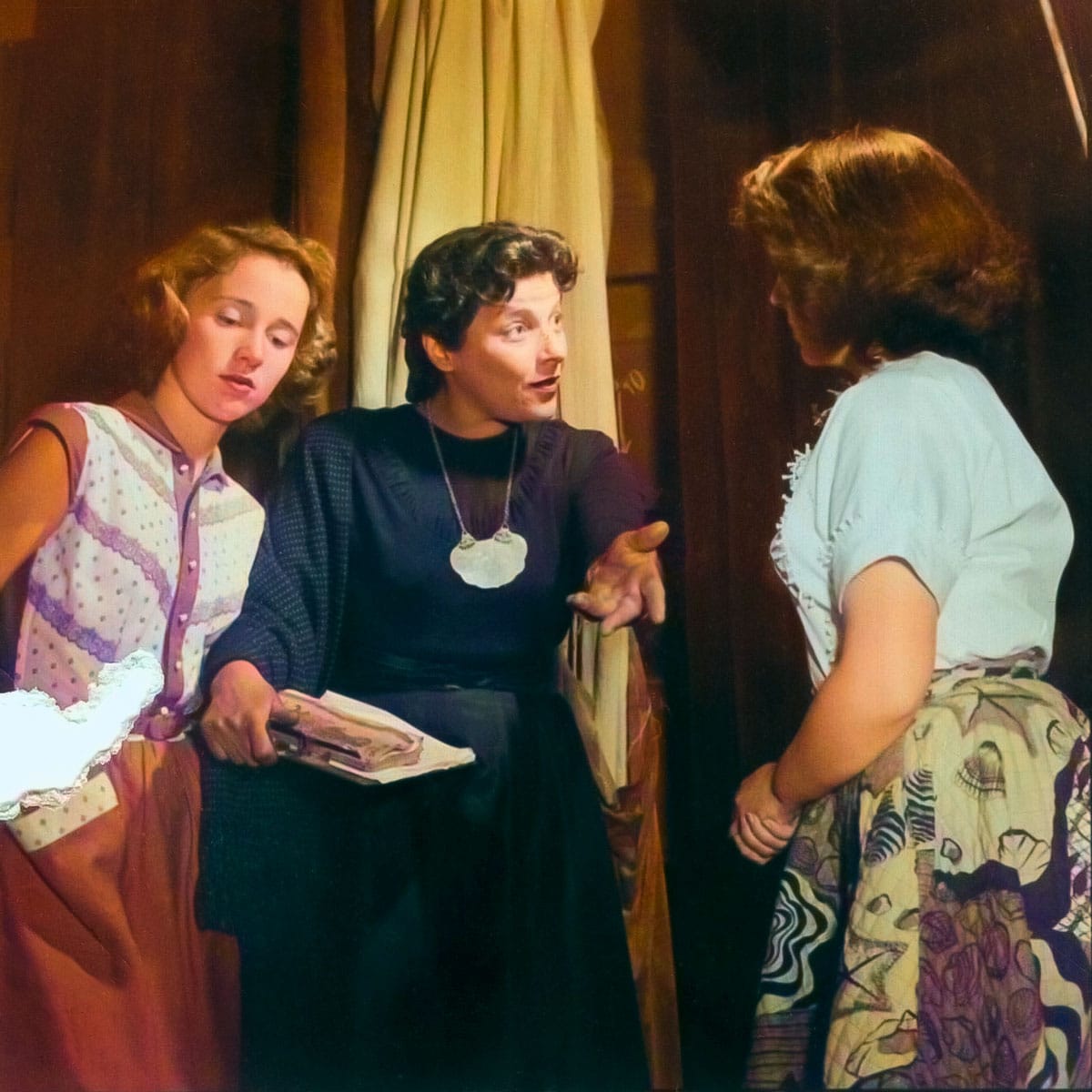The Origins of Improvisation
It’s no joke — the origins of improv comedy can be traced back not to a group of comedians or even a theater, but rather to a settlement house and the immigrant community where Viola Spolin grew up.
Spolin was born Viola Mills in Chicago in 1906 to Russian-Jewish immigrant parents. Growing up in the Humboldt Park neighborhood, Viola had a big family that loved to perform and laugh. Aretha Sills, Spolin’s granddaughter, told Chicago Stories that there was a tradition of play in the family.
“They did improvisations based on aunts and uncles, lovingly poking fun at their characteristics. Viola was also the big star of that, too. She was a very lively, fun person who loved to play and was ready to get out there and create theater,” Sills said.
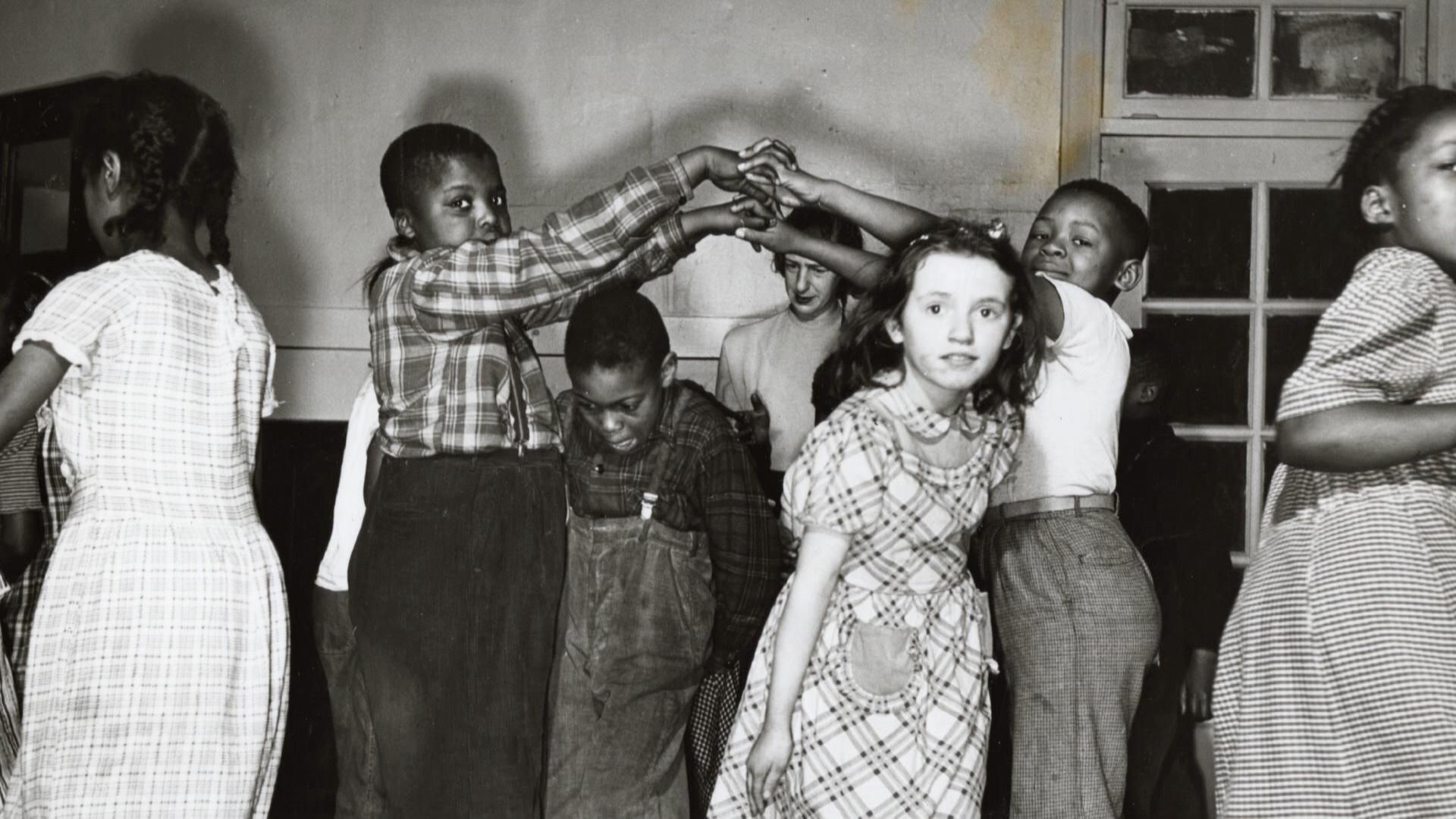
At 18, Spolin began studying under Neva Boyd. Boyd was a sociologist at Hull House, a settlement house founded by Jane Addams on Chicago’s Near West Side at the convergence of several poor, immigrant neighborhoods. At Hull House, Boyd ran the Recreational Training School, which taught Spolin and others about group work — what is called social work today. Boyd believed that children learned and socialized through play, so her training program taught storytelling, dance, theater, art, and group play.
“When people come to Hull House, they think about the social services that were here,” Ross Jordan, director and curator at Hull House Museum, said. “But they don't know that the arts [were] part of what went on here, and the performing arts and theater [were] a huge part of that history.”
Boyd, a champion of the progressive education movement, had collected non-competitive storytelling games during her extensive travels, according to theater historian and writer Jeffrey Sweet.
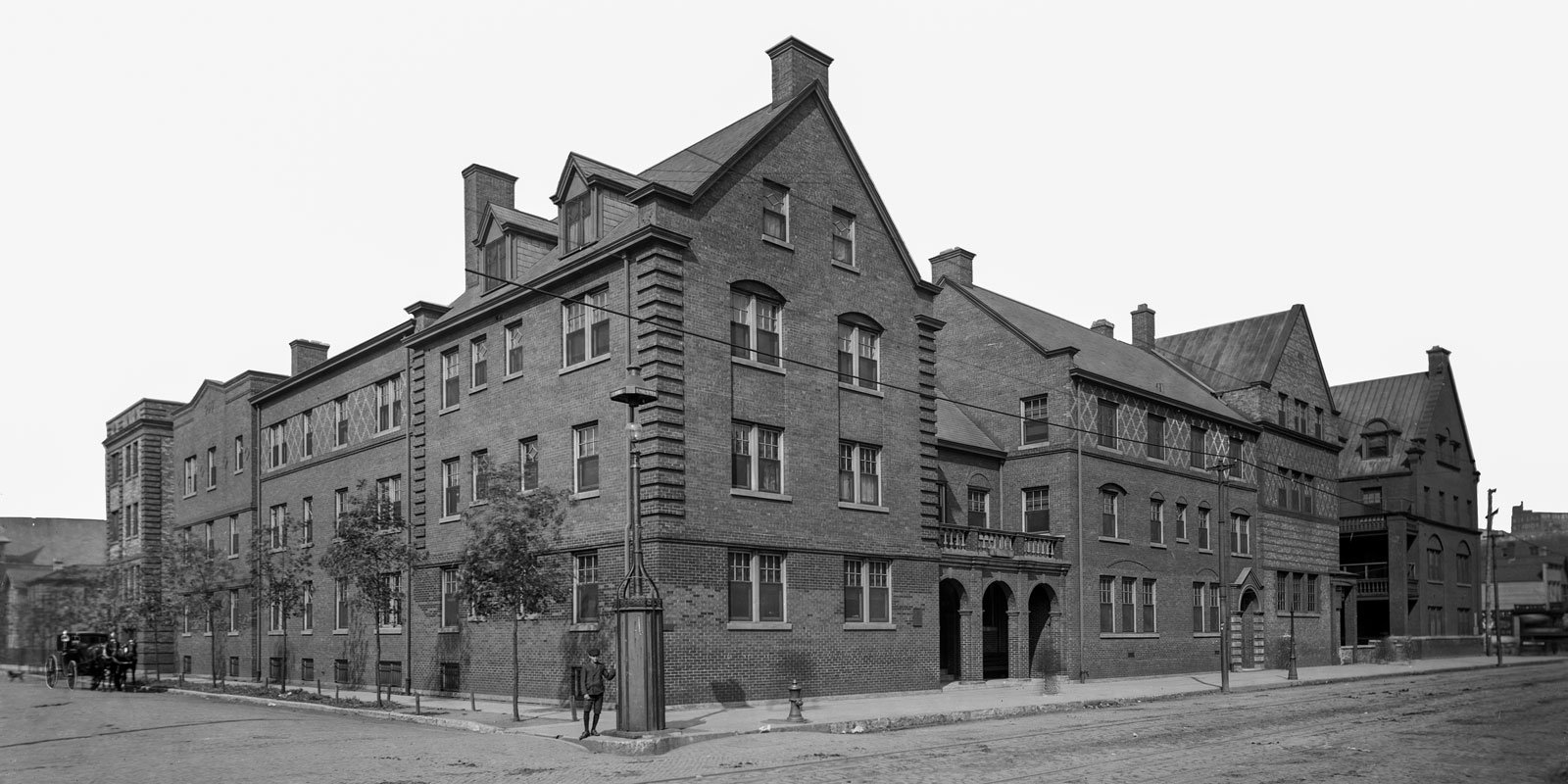
“She used these [games] to help break down ethnic barriers between recent immigrants at Hull House,” Sweet told Chicago Stories. “If you’re playing with other people even across cultural barriers, to play with other people is an expression of equality and an expression of sharing. This made a big impression on Viola.”
Play involves social values, as does no other behavior. The spirit of play develops social adaptability, ethics, mental and emotional control, and imagination.Neva Boyd in her essay “The Theory of Play”
Boyd believed that play should be non-competitive and that the teacher should be more of a moderator than an authority figure. Groups were meant to be self-led. Children could learn to cooperate and communicate by following the rules of any given game. Allowing children to be spontaneous was essential.
“Neva Boyd said play brings out one’s best abilities,” Aretha Sills said. “Because when we’re playing, all the other stuff we’re worried about — our self-consciousness — disappears because we’re focused on the rules of the game. We're in the present time when we play.”
Boyd’s mentorship, said Sills, is where Spolin learned that group play could be a great technique for teaching theater.
Spolin Develops Her Craft
Just after she finished high school, Spolin married Wilmer Silverberg (who later changed his last name to Sills). With Wilmer, Spolin had two sons: Paul — who would go on to found The Second City — and William. As a young mother, she was no longer able to work as a group worker, but she would often invite her friends over to play games.
“Paul would be propped up on the bed watching all these hilarious young women play games,” his daughter Aretha Sills said. “There were no babysitters. So the kids were always brought along and included in the experience.”
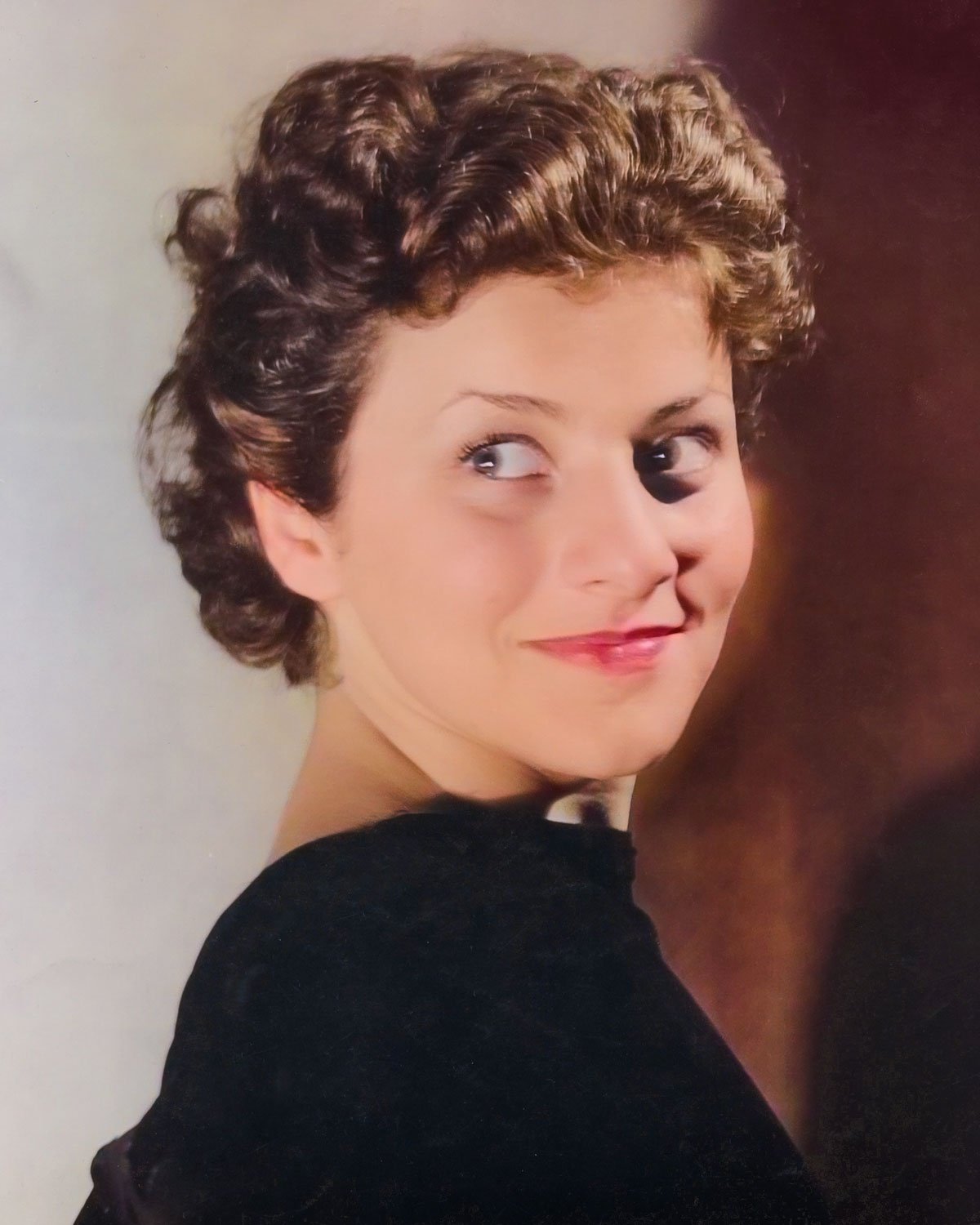
Spolin was always performing or creating. After she and Wilmer Sills divorced, Spolin joined forces with a group of other divorced women to create a communal house on Sheridan Road that she named The Educational Playroom. There, the women combined their income so that they were able to work while knowing their children were taken care of. Spolin performed in plays, studied theater at DePaul University at night, worked as a stage manager at the 1933 Chicago World’s Fair, and even spent some time in New York studying acting.
In 1939, Neva Boyd got Spolin a job as a drama teacher with the Works Progress Administration Recreation Project. Spolin used what she had learned from Boyd’s group play philosophy to create theater games for immigrant children who often didn’t speak the same language. She frequently rented space in Hull House for her programs.
“Anytime she had a problem communicating a problem of the theater to her player, she would create a game so that they would learn through doing, they would learn through experience,” Aretha Sills said.
Spolin continued her work with children in the 1940s when she moved to Los Angeles with her second husband, Ed Spolin, and she eventually opened a children’s repertory theater called the Young Actor’s Company, teaching children — including a young Alan Arkin, Paul Sand, and many others who would go on to become successful actors — how to perform.
“It just became home,” Paul Sand told Chicago Stories. “I was raised by Viola as much as by my mom and dad, in a way.”
For decades, Spolin developed her games and honed her theater teaching techniques. In 1963, Spolin wrote a book, putting her life’s work in one place.
Releasing the Momentary Genius: Spolin’s Games and Philosophy
The book was called Improvisation for the Theater. It’s dedicated, in part, to Neva Boyd. Much like Boyd, Spolin emphasizes the importance of spontaneity and stresses that the teacher should not act as an authority figure. In Spolin’s method, the teacher is called a “side coach” whose role is to keep “the stage reality alive for the student-actor.” Spolin believes students should feel total freedom to play without feeling self-conscious that a teacher is judging them. The goal is for the student to live in the moment.
“Everyone can act. Everyone can improvise. Anyone who wishes to can play and learn to become stageworthy,” Spolin writes.
This is a constant refrain for Spolin: talent has nothing to do with it. She saw “talent” simply as a “greater individual capacity for experiencing.”
Acting can be taught to the ‘average’ as well as the ‘talented’ if the teaching process is oriented towards making the theater techniques so intuitive that they become the students’ own … It requires an environment in which experiencing can take place, a person free to experience, and an activity that brings about spontaneity.Viola Spolin, Improvisation for the Theater
For Spolin, games provide a way for the student to tap into his or her spontaneity.
“Playing a game is psychologically different in degree but not in kind from dramatic acting,” Spolin writes. “The ability to create a situation imaginatively and to play a role in it is a tremendous experience, a sort of vacation from one’s everyday self and the routine of everyday living.”
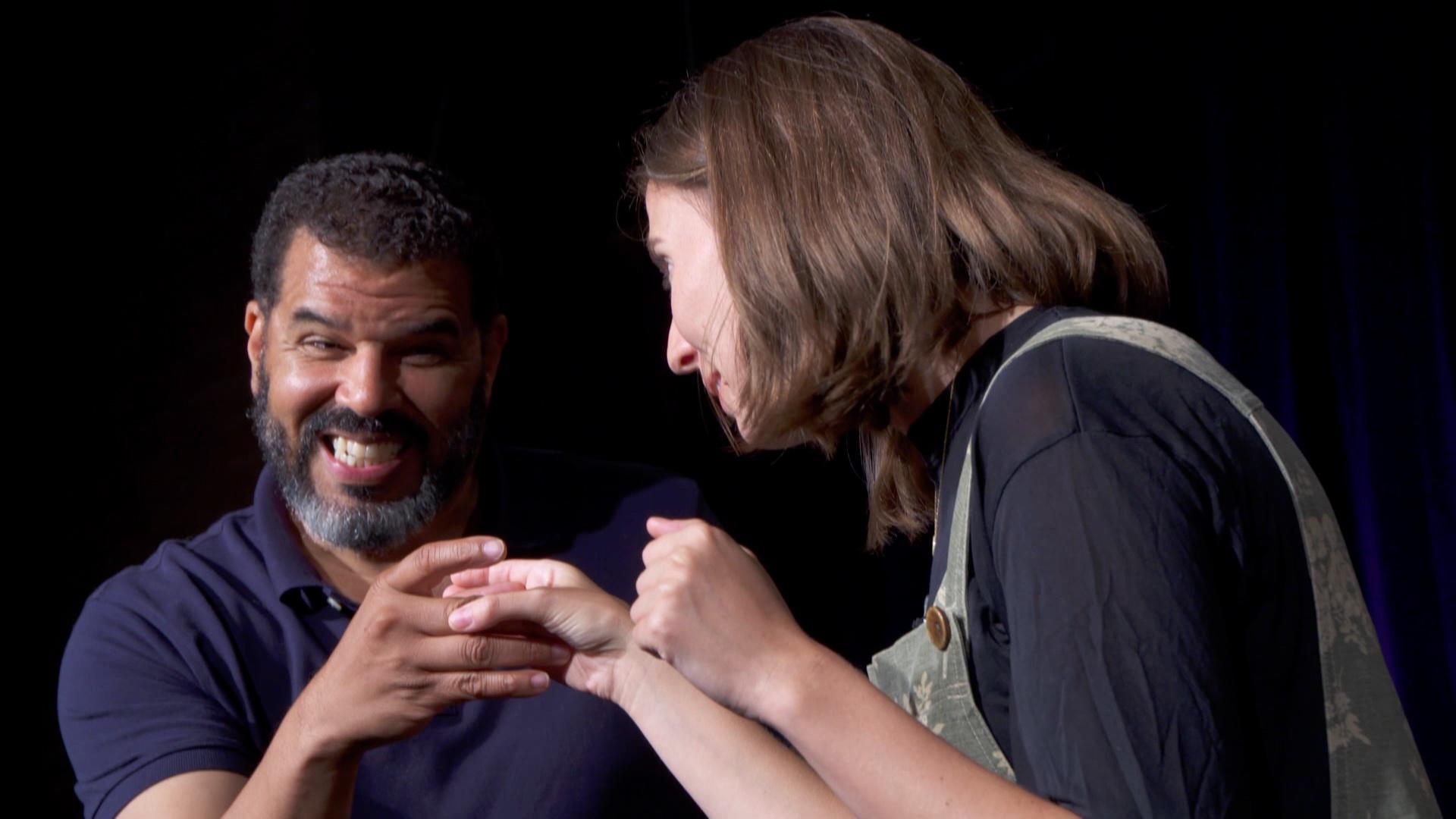
Any game that is worth playing, Spolin adds, is one that is social and has a problem that must be solved.
Theater historian Jeffrey Sweet gives an example of one such problem that arose while Spolin was teaching; this resulted in a new game called Contact. (Watch the video for Sweet's story.)
Spolin includes dozens of games and variations in Improvisation for the Theater, many of which are still taught in acting and improv classes today. Each game has what she calls a “point of concentration” — a single task for the students to focus on.
For example, in a game called Mirror, two students face one another, and one student copies the exact movement of the other. The point of concentration is for the student to be an “exact mirror” of the person initiating the movement.
All of us have known moments when the right answer ‘just came’ or we did ‘exactly the right thing without thinking.’ Sometimes at such moments … the ‘average’ person has been known to transcend the limitation of the familiar, courageously enter the area of the unknown, and release momentary genius within himself.Viola Spolin, Improvisation for the Theater
Anne Libera, director of comedy studies at The Second City, told Chicago Stories that Spolin’s games teach acting skills through doing, not just acting.
“Using that point of concentration turns down the judging part of your brain that says, ‘Oh, I’m stupid. Oh, I didn’t do that right,’” Libera said. “It allows you to free up the creative and intuitive piece of your brain to do something different, and that allows for insight.”
Furthermore, Spolin’s method of improvisation “allows for comedy, because comedy, to a certain extent, is insight,” Libera said.
Though getting an audience to laugh wasn’t Spolin’s original intent for these games, comedy would end up being a big piece of her legacy.
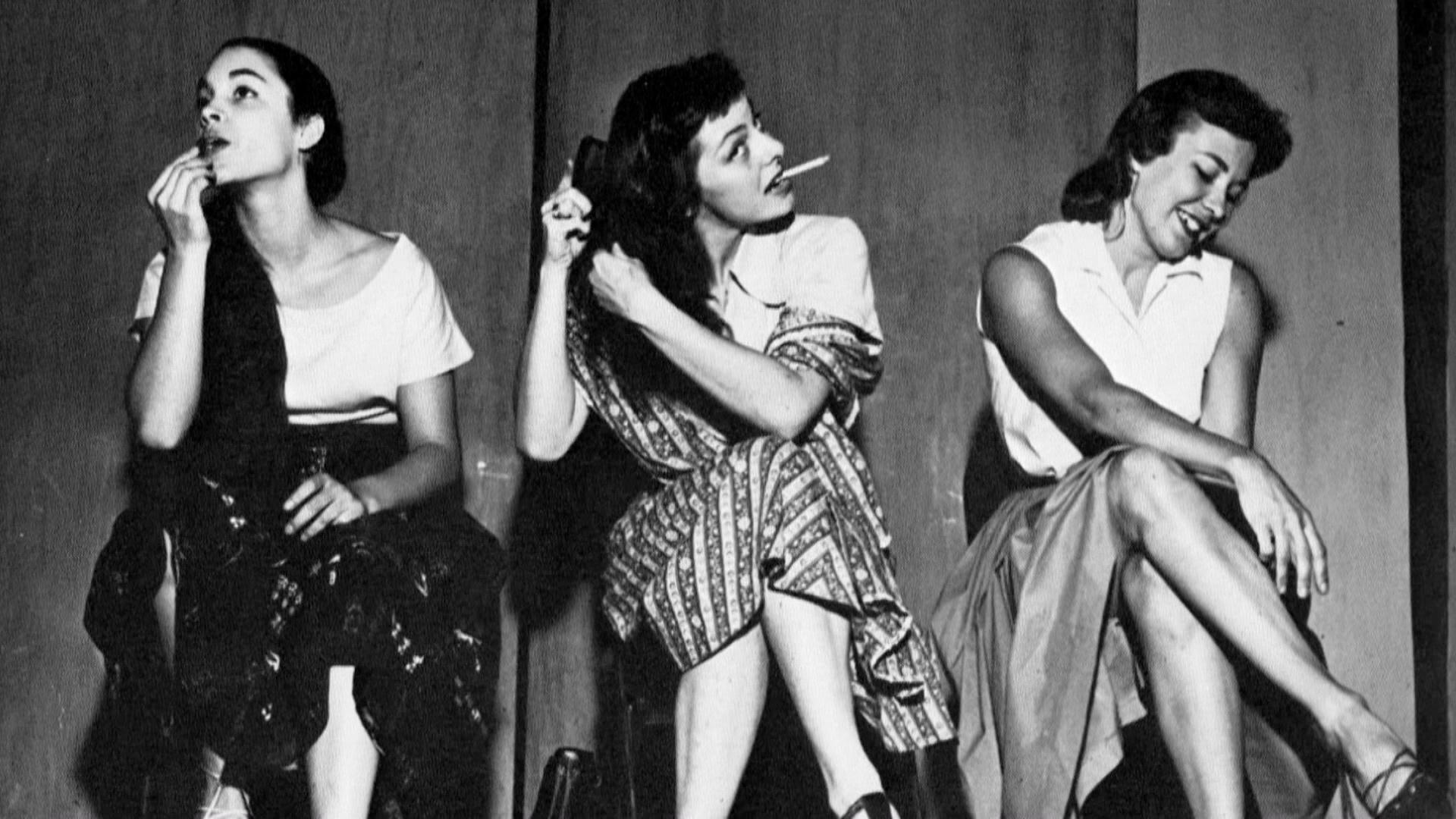
Viola Spolin’s Legacy
The theater gene, it seems, ran in Spolin’s family. Having grown up with her games, Spolin’s son Paul Sills would take his mother’s methods and shape them into a new form of theater that would become Chicago’s claim to comedy fame.
While attending the University of Chicago in the 1950s, Paul Sills founded The Playwrights Theatre Club. Working out of a Chinese restaurant in Hyde Park, The Playwrights Theatre Club performed more traditional plays while drawing on Spolin’s theater games for training. The group included such actors as Mike Nichols, Elaine May, Sheldon Patinkin, Joyce Piven, and Barbara Harris. Their goal was to be a theater for the “common man.”
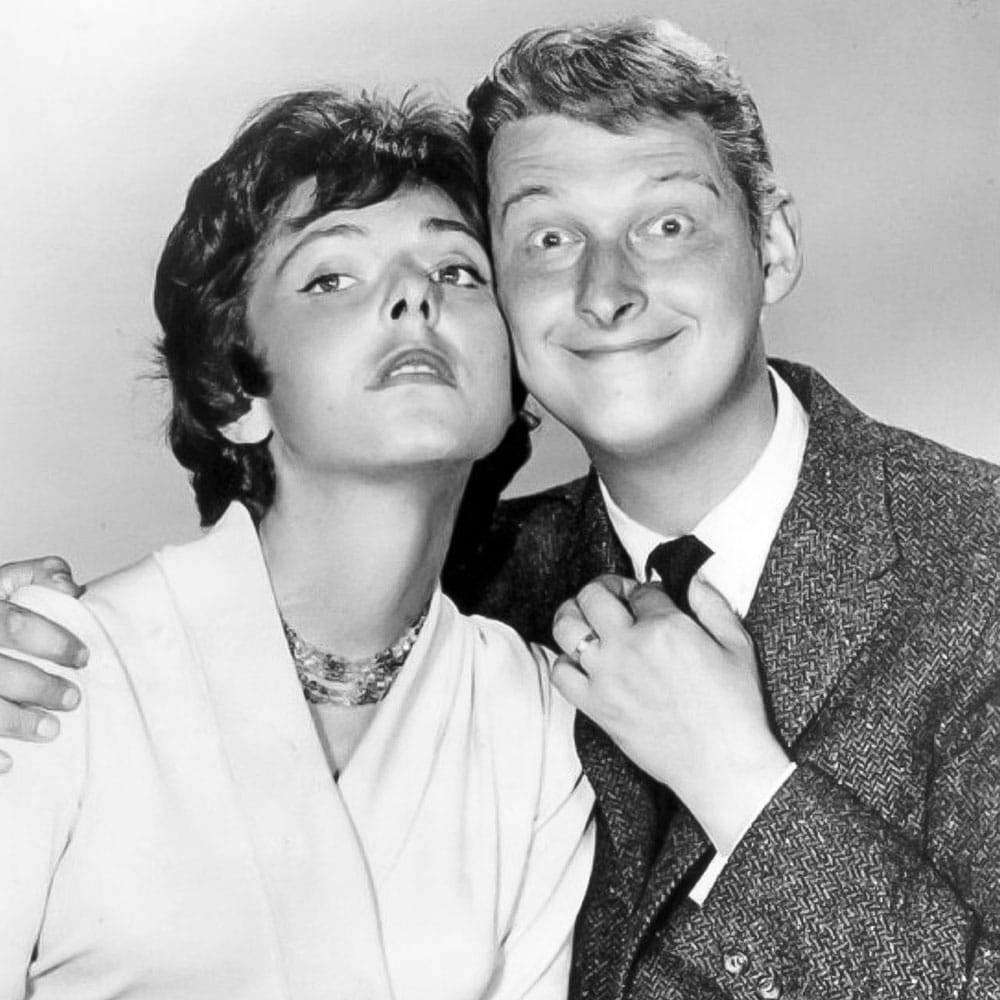
Later, Paul Sills and a producer named David Shepherd created The Compass Players — what many consider to be the first improvisational theater in the United States. Performing in a storefront theater, the actors wrote loose scenarios and then improvised scenes based on those scenarios. Spolin often ran theater game workshops for the cast.
In 1959, Paul Sills, Bernie Sahlins, and Howard Alk founded The Second City. Performing in a former dry cleaning store, actors developed scenes using improvisation and then honed them, writing comedy sketches to create a satirical revue. Paul Sills once again brought in his mother to run workshops for The Second City performers.
Aretha Sills said that Spolin laughing and performing games with her friends while a baby Paul watched propped up on the bed made an impression.
“Viola said that’s where she felt the roots of Second City came from: from the baby watching the games on the bed,” Aretha Sills said.
The Second City started a kind of ripple effect in the comedy scene in Chicago. Other prominent improv theaters opened in the decades that followed, including ImprovOlympic in 1981 (later called iO) and The Annoyance in 1987. Each theater had their own form of improv, and such comedians and actors as Bill Murray, Chris Farley, Tina Fey, Amy Poehler, Stephen Colbert, Steve Carell, Keegan-Michael Key, and countless others performed on Chicago’s stages.
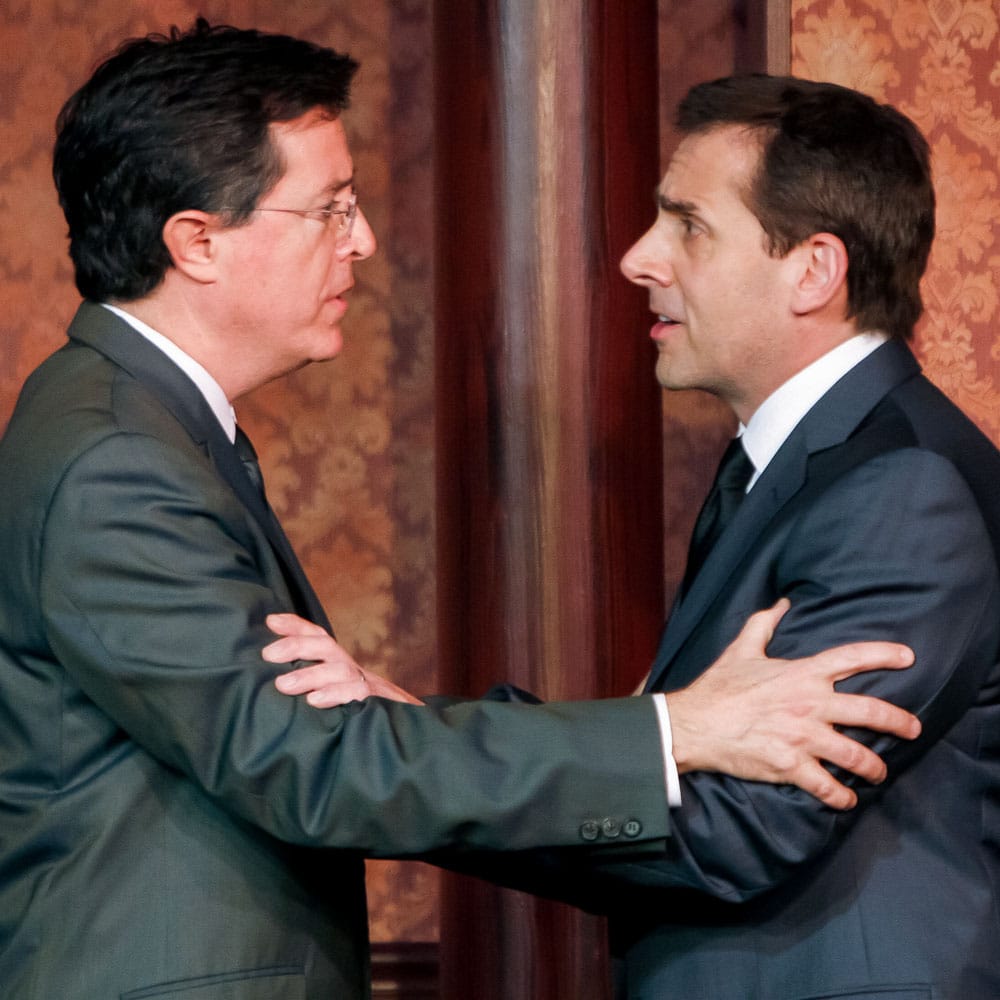
Improv has gone beyond the stage, too. It has been used in therapy contexts, the prison system, health care settings, business settings, schools, and more.
“The expectation is not performance,” Aretha Sills said. “But communicating and helping people relate to each other is just as important, if not more important. I think that Viola would be very, very happy about that.”
Even as theaters have changed, closed, and reformed in the decades since Spolin first taught her theater games, Chicago has established itself as the place to be for improvisation. Every year, young people move to Chicago to take classes at The Second City or other theaters to learn the ropes of comedy writing and performing.
“That kid is coming because they want to be a star, but they're also coming to do the work to solve the problem, to be in the space of an ensemble of the kind that Viola Spolin created,” Libera said.
Spolin’s creations — the games, the free-spirited play, and the joy of group work — and the improvisational theater form that they inspired continue to draw people to the art.
“One of the reasons that people … fall in love with improvisation is that it's a place of connection where you are genuinely yourself,” Libera said. “It's meditation in connection with other humans.”

